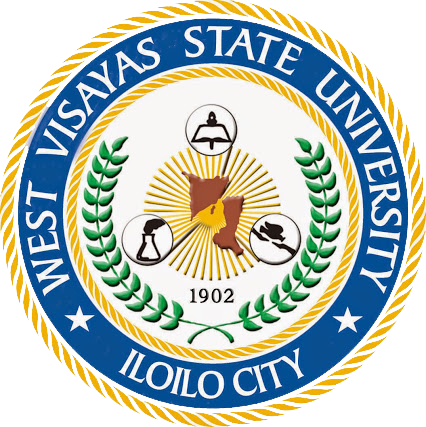Using differentiated instruction to build schema of English Language Learners in Guam
| dc.contributor.author | Rivera, Matilda N. | |
| dc.coverage.spatial | Guam | en |
| dc.date.accessioned | 2023-05-19T22:42:47Z | |
| dc.date.available | 2023-05-19T22:42:47Z | |
| dc.date.issued | 2013-01 | |
| dc.identifier.citation | Rivera, M. N. (2013). Using differentiated instruction to build schema of English Language Learners in Guam. WVSU College of Education Research Journal, VII(1), 36-40. | en |
| dc.identifier.issn | 0119-7665 | |
| dc.identifier.uri | https://hdl.handle.net/20.500.14353/285 | |
| dc.description.abstract | Teachers are educating more diverse populations in general education classroom. With the cultural diversity that exists in classrooms today it is necessary for teachers to realize the pressures on the English language learners to perform at an acceptable level while learning the same district standards that all students are expected to meet. According to the school year 2007-2008 Guam Public School System Annual State of Public Education Report, students enrolled in the English as a School Language (ESL). Program made up 37.70% of the 20,815 students who participated in one or more special programs. For the School Year 2009-2010, the number of English language learners increased to 69%. With the rising numbers of students from the Federated State of Micronesia (Chuuk, Kosrae, Pohnpei, Yap), the Republic of Marshall Island (RMI), and the Republic (RP), Guam schools have been confronted with many struggles. One major challenge for teachers instructing such a high number of learners in teaching reading successfully. The students struggle in achieving reading level necessary to function at their grade level. This results in teachers and students becoming frustrated as they may not be able to achieve the desired reading results as fast as they would like to. This paper investigates the effectiveness of using differentiated instruction to build schema of English language learners in Guam. The use of differentiated instruction is culturally responsive, and has shown to be an effective strategy used in educational settings on the U.S, mainland. It could be used to build the schema of English language learners in the Pacific, in order to bridge the gap and increase optimal comprehension and student motivation to learn. Through critical analysis of existing theory and research related to literacy and differentiated instruction, the components of an effective differentiated instruction model program were identified in this study. | en |
| dc.language.iso | en | en |
| dc.publisher | College of Education, West Visayas State University | en |
| dc.subject | Individualized instruction | en |
| dc.subject | Fluency (Language learning) | en |
| dc.subject | English language--Study and teaching--Foreign speakers | en |
| dc.subject | General education | en |
| dc.subject | Education | en |
| dc.subject | Cultural diversity and the curriculum | en |
| dc.subject | SIOP model | en |
| dc.subject | English as a School Language | en |
| dc.subject | ESL | en |
| dc.subject | Republic of Palau | en |
| dc.subject | RP | en |
| dc.subject | Republic of Marshall Island | en |
| dc.subject | RMI | en |
| dc.title | Using differentiated instruction to build schema of English Language Learners in Guam | en |
| dc.type | Article | en |
| dcterms.accessRights | Limited public access | en |
| dc.citation.journaltitle | WVSU College of Education Research Journal | en |
| dc.citation.volume | VII | en |
| dc.citation.issue | 1 | en |
| dc.citation.firstpage | 36 | en |
| dc.citation.lastpage | 40 | en |
Files in this item
| Files | Size | Format | View |
|---|---|---|---|
|
There are no files associated with this item. |
|||

